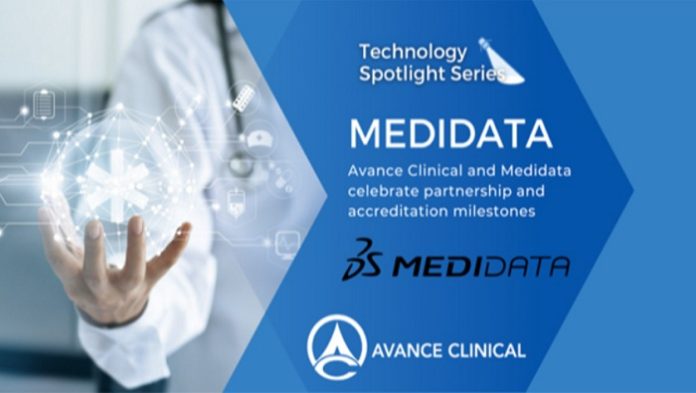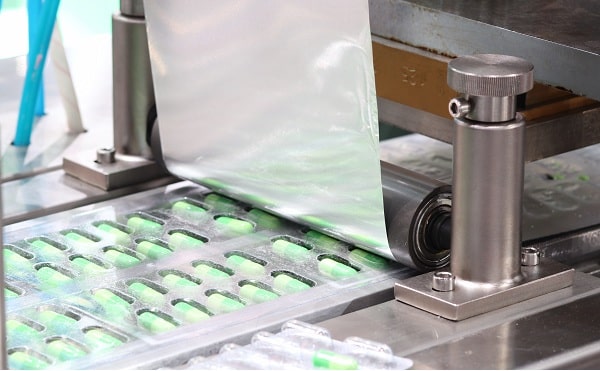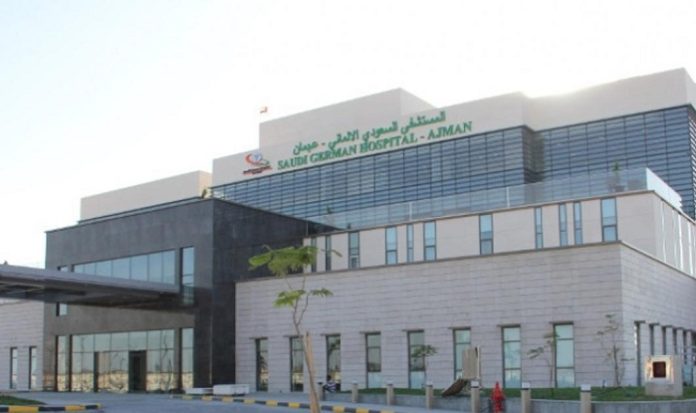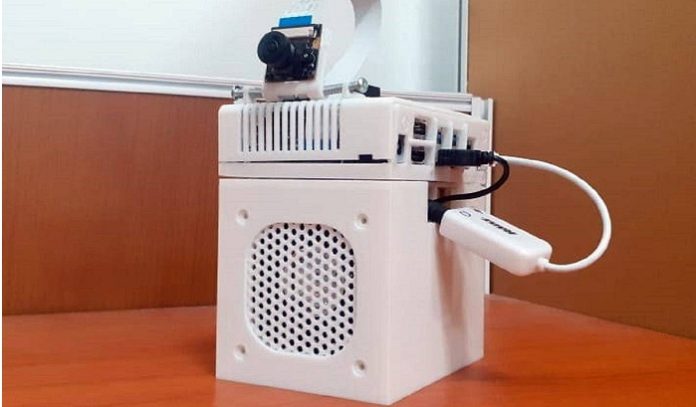The leading Australian CRO for biotechs, and Frost & Sullivan Asia-Pacific CRO Market Leadership Award winner, Avance Clinical continues to celebrate their strategic partnership with Medidata, and the accreditation of seven Medidata in-house experts.
The two organizations have been working together to deliver world-class clinical research services to Avance Clinical’s biotech customers via the Medidata Rave Clinical Cloud™.
Avance Clinical, Chief Strategy Officer, Ben Edwards said “We look forward to many more years working with Medidata as we continue to grow the business and support the development needs of our clients.”
Mr Edwin Ng, Senior Vice President, General Manager for Medidata APAC, said, “We are pleased to be supporting Avance Clinical’s exceptional growth in Australia. Avance Clinical accreditation signifies the importance of Medidata’s portfolio of products in ensuring the success of our partners’ programs, and our continued commitment to helping our partners streamline and enhance the clinical research process.”
Avance Clinical, Director Business Development Operations, Sandrien Louwaars said, “The Medidata Rave Clinical Cloud™ is a quality- and efficiency-focused unified platform that helps our biotech clients, and ensures data integrity, speed, and compliance across multisite and global studies.
“Our seven Avance Clinical accredited Medidata experts lead our efforts, and it makes a real difference for our clients having them inhouse rather than as external consultants.”.
Australia’s Avance Clinical has more than 20-years of experience and is now one of Australia’s leading Contract Research Organizations.
Avance Clinical is committed to providing high-quality clinical research services with its highly-experienced team.
The collective pool of knowledge and experience at Avance Clinical continually grows through the careful selection of experts who also demonstrate passion in their chosen field.
Avance Clinical offers high-quality services in an established clinical trial ecosystem, that includes world-class Investigators and Sites able to access specialized patient groups.
Other benefits include:
1. The Government R&D grant means up to 43.5% rebate on clinical trial spend
2. eClinical solutions – speed and continuity
3. Site Initiation Visit (SIV) and Study Start achieved in 5 – 6 weeks
4. No IND required for clinical trials
5. Full GMP material is not mandated for Phase I clinical trials
6. Established clinical trial environment with world-class Investigators and sites
7. Established healthy subject databases and specialized patient populations
8. Five independent Phase 1 facilities across Australia including hospital-based units for critical care
9. Major hospitals with world-class infrastructures and dedicated Clinical Trial Units with a long track-record in FDA compliant research
10. Seasonal studies: Northern hemisphere Sponsors can conduct their studies year-round by taking advantage of Australia’s counter-flu and allergy seasons
About Medidata
Medidata is leading the digital transformation of life sciences, creating hope for millions of patients. Medidata helps generate the evidence and insights to help pharmaceutical, biotech, medical device and diagnostics companies, and academic researchers accelerate value, minimize risk, and optimize outcomes. More than one million registered users across 1,600+ customers and partners access the world’s most-used platform for clinical development, commercial, and real-world data. Medidata, a Dassault Systemes company (Euronext Paris: #13065, DSY.PA), is headquartered in New York City and has offices around the world to meet the needs of its customers. Discover more at www.medidata.com and follow us @Medidata, The Operating System for Life Sciences™.
Medidata is a registered trademark of Medidata Solutions, Inc., a wholly-owned subsidiary of Dassault Systemes.
About Dassault Systemes
Dassault Systemes, the 3DEXPERIENCE Company, is a catalyst for human progress. We provide business and people with collaborative 3D virtual environments to imagine sustainable innovations. By creating virtual experience twins of the real world with our 3DEXPERIENCE platform and applications, our customers push the boundaries of innovation, learning and production. Dassault Systemes brings value to more than 290,000 customers of all sizes, in all industries, in more than 140 countries.



























